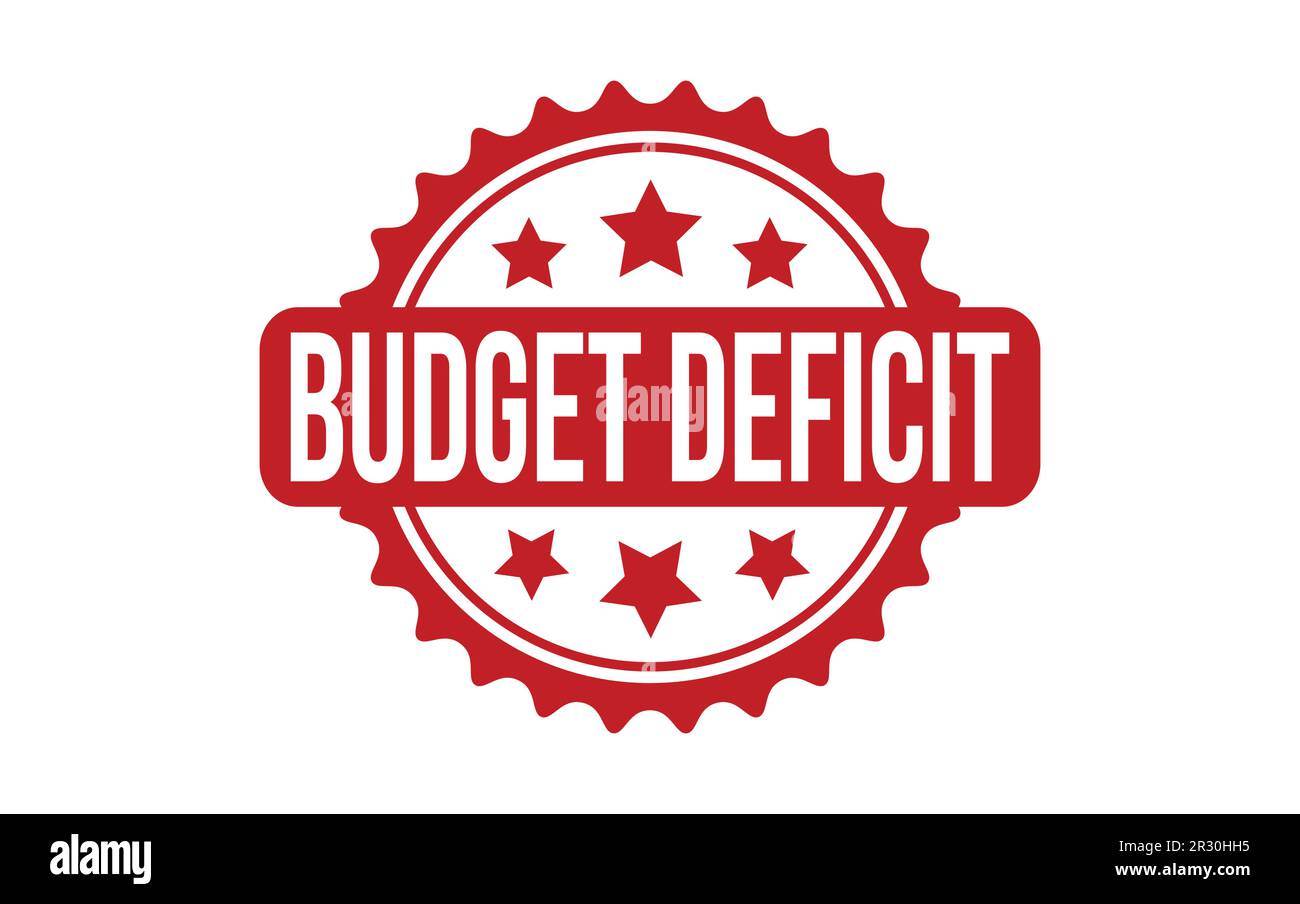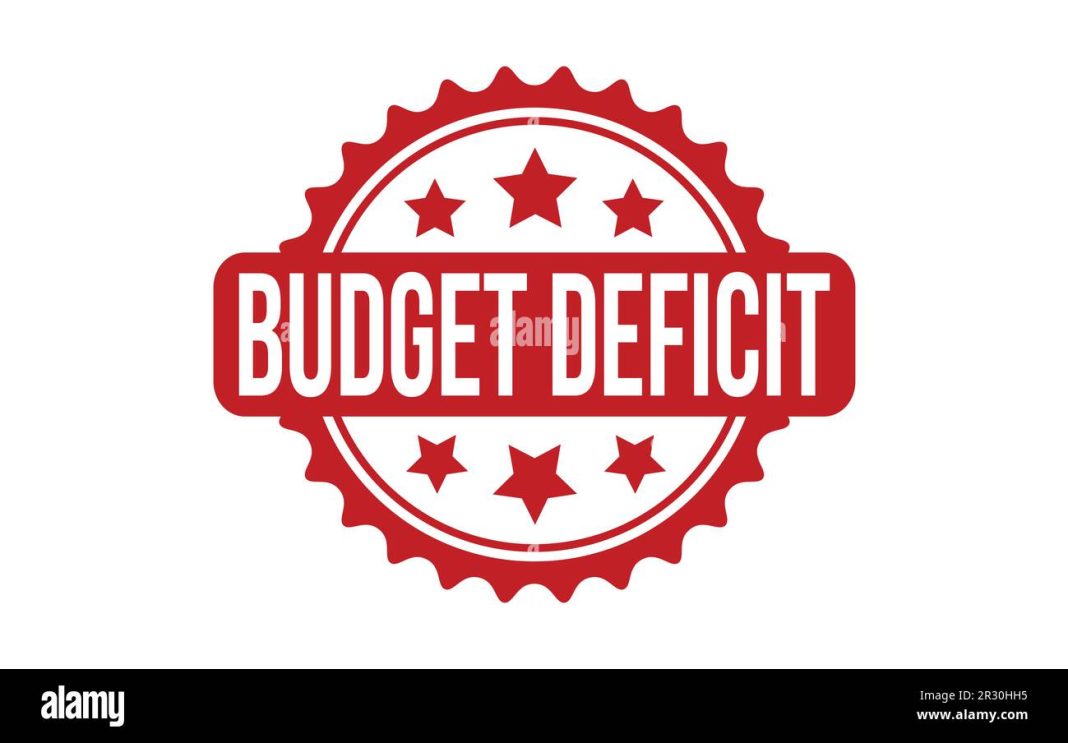 Title: U.S. Budget Surplus in April Driven by Tax Returns, but Deficits Loom
Title: U.S. Budget Surplus in April Driven by Tax Returns, but Deficits Loom
Introduction:
In April, the U.S. government reported a budget surplus of $210 billion, thanks to increased revenues from tax returns. While this surplus is common during tax season, experts warn that the overall budget deficit may grow larger by the year’s end. Social Security, net interest payments, and Medicare were the primary drivers of federal spending, with outlays reaching $567 billion. Receipts, on the other hand, rose to $776 billion due to higher tax revenues. However, the Congressional Budget Office (CBO) emphasizes that certain payment shifts have influenced the fiscal year-to-date shortfall. Let’s dive deeper into the implications of these figures.
The Growing Budget Deficit:
The federal deficit for the fiscal year 2024 currently stands at $855 billion. Although this is smaller than the previous year’s shortfall during the same period, experts predict that the deficit will likely increase by the end of the year. The Committee for a Responsible Federal Budget (CRFB) reveals that the rolling federal deficit over the past 12 months totals $1.7 trillion, which rises to $2 trillion when excluding student debt cancellation effects. As a percentage of GDP, the budget deficit represents about 5.8%, or 7% when excluding student debt forgiveness.
The Impact of Interest Payments:
Interest charges on Treasury debt securities have gained attention on Capitol Hill. Spending on net interest payments has increased by 36% compared to the previous year, reaching a total of $514 billion through fiscal year 2024. Economists at the Peter G. Peterson Foundation note that as short-term rates on Treasury securities rise, federal borrowing becomes more expensive. This trend, accompanied by rising interest rates and debt issuance, means that interest costs already consume about one-third of federal income taxes collected.
Future Projections and Concerns:
The CBO’s 2024 Long-Term Budget Outlook estimates that interest payments will reach approximately $77 trillion over the next 30 years, accounting for more than one-third of all federal revenues by 2054. Furthermore, interest costs are expected to surpass defense and Social Security as the largest government outlay in the coming decades. The CBO warns that unless addressed, rising interest charges could threaten public investments in non-defense infrastructure, education, and research and development.
Role of the Federal Reserve:
Given the increasing burden of interest payments, there may be pressure on the Federal Reserve to cut interest rates. While central bank officials have stated that rate cuts are likely, they also caution that rates may remain high due to persistent inflation. The futures market is currently predicting two quarter-point rate cuts later this year. Some experts argue that a rate cut could alleviate the U.S. government’s interest burden, but they also highlight that such a move would indicate financial strain.
Debate on Trump Tax Cuts:
President Joe Biden plans to allow the tax cuts implemented by his predecessor to expire at the end of 2025 if he is reelected. However, extending the individual and estate tax provisions of the Tax Cut and Jobs Act (TCJA) could add approximately $3.4 trillion to the national debt. The White House National Economic Council Director advocates for ending these tax breaks for the ultra-wealthy and corporations, emphasizing the need to raise revenue overall.
Conclusion:
While the U.S. government experienced a budget surplus in April thanks to tax returns, concerns about the growing budget deficit persist. Social Security, net interest payments, and Medicare remain significant contributors to federal spending. As interest rates rise and debt issuance increases, interest costs consume a significant portion of federal tax revenues. The CBO warns that rising interest charges could jeopardize public investments in critical areas such as infrastructure, education, and research. Going forward, decisions regarding tax cuts and interest rates will play a crucial role in addressing the fiscal challenges faced by the U.S. government.


